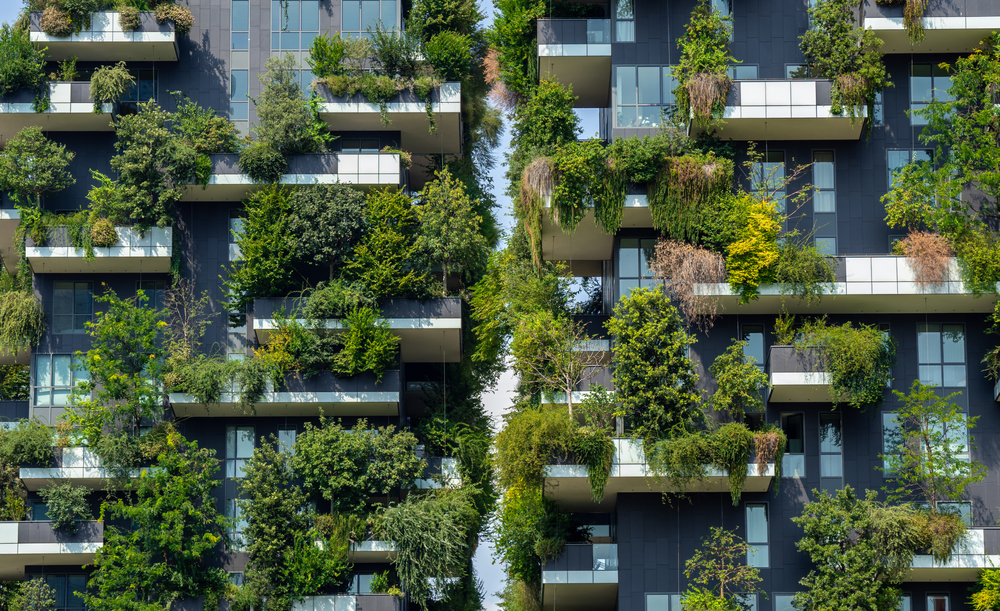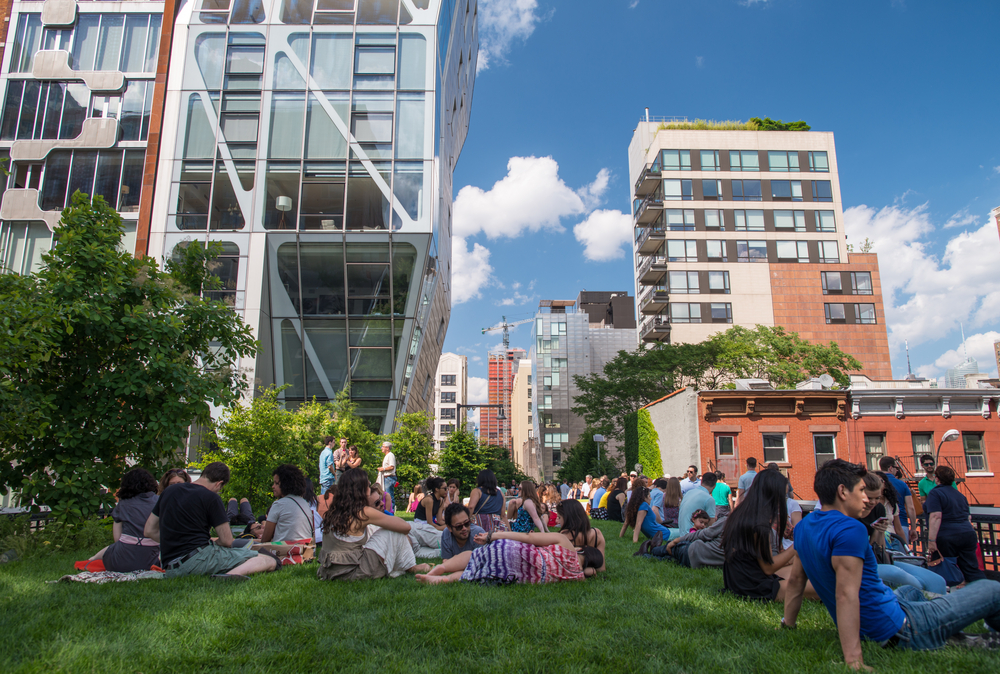In an age where cities are the frontlines of climate action and social equity, the architectural and urban planning community is shifting its gaze upward. The rebranding of the Council on Tall Buildings and Urban Habitat (CTBUH) to the Council on Vertical Urbanism (CVU) marks more than a name change—it’s a recognition that how we build upward will define the sustainability, resilience, and livability of tomorrow’s cities.
Why Vertical Matters Now

According to the United Nations, more than 55 percent of the world’s population currently lives in cities, a figure projected to rise to nearly 70 percent by 2050 (UN Department of Economic and Social Affairs). Such rapid urbanization puts immense pressure on land, infrastructure, and ecosystems. Historically, cities have sprawled outward, but that model is proving unsustainable. As UN-Habitat notes, horizontal expansion consumes natural resources, increases emissions, and deepens inequality (UN-Habitat).
Vertical urbanism offers an alternative—densifying responsibly through three-dimensional ecosystems that integrate living, working, mobility, and green space.
The Carbon Calculus: Operational vs. Embodied
Globally, the built environment generates nearly 39 percent of energy-related carbon emissions, with about 28 percent coming from operational energy use and 11 percent from embodied carbon in materials and construction (World Green Building Council). While efficiency gains are reducing operational emissions, embodied carbon remains a critical blind spot. For low-energy or net-zero buildings, it can represent the majority of lifetime emissions.
Vertical urbanism seeks to tackle this by rethinking how buildings are made—prioritizing low-carbon materials, adaptive reuse, modularity, and circular design that not only sustain but regenerate urban environments.
From Concept to Global Movement

CVU’s expanded mission reflects an evolution already underway:
- In Asia, transit-oriented vertical districts link towers to integrated mobility networks.
- Singapore leads with rooftop farms, sky gardens, and interconnected green corridors.
- Across Europe and the Middle East, multilayered transport systems and pedestrian decks create seamless urban connectivity.
- The High Line in New York exemplifies the reuse of urban infrastructure to blend vertical and horizontal design.
Educational institutions now teach vertical urbanism as part of sustainability curricula, and forward-thinking firms are developing “cities within towers” that mix housing, culture, and nature. Governments in fast-growing regions are embedding upward density into housing and climate strategies.
Recent research also supports this shift: the EcoSphere tool models trade-offs between embodied and operational carbon, while the Global Building Atlas maps over 2.7 billion structures in 3D to analyze spatial density—helping planners visualize how verticality affects emissions and efficiency.
Challenges and Opportunities
Building upward comes with both hurdles and hope. Only about 26 percent of countries have building codes that address carbon comprehensively (World GBC Status Report 2023). Low-carbon materials and lifecycle assessments often demand higher upfront investment and technical expertise, and ensuring equity in vertical development remains an ongoing challenge.
Yet the opportunities are profound: compact land use reduces sprawl, shared systems improve efficiency, and green terraces and vertical gardens enhance urban biodiversity and climate resilience. Most importantly, vertical urbanism reframes density not as a burden but as a pathway to regeneration—cities that give back more than they take.
A Call to Vertical
As the Council on Vertical Urbanism leads this transformation, its vision is clear: cities must rise smarter, greener, and more inclusive. Through research, global partnerships, and awards, CVU is redefining how we measure success in the built environment—not in height alone, but in harmony with the planet.
For more information, visit the Council on Vertical Urbanism.
